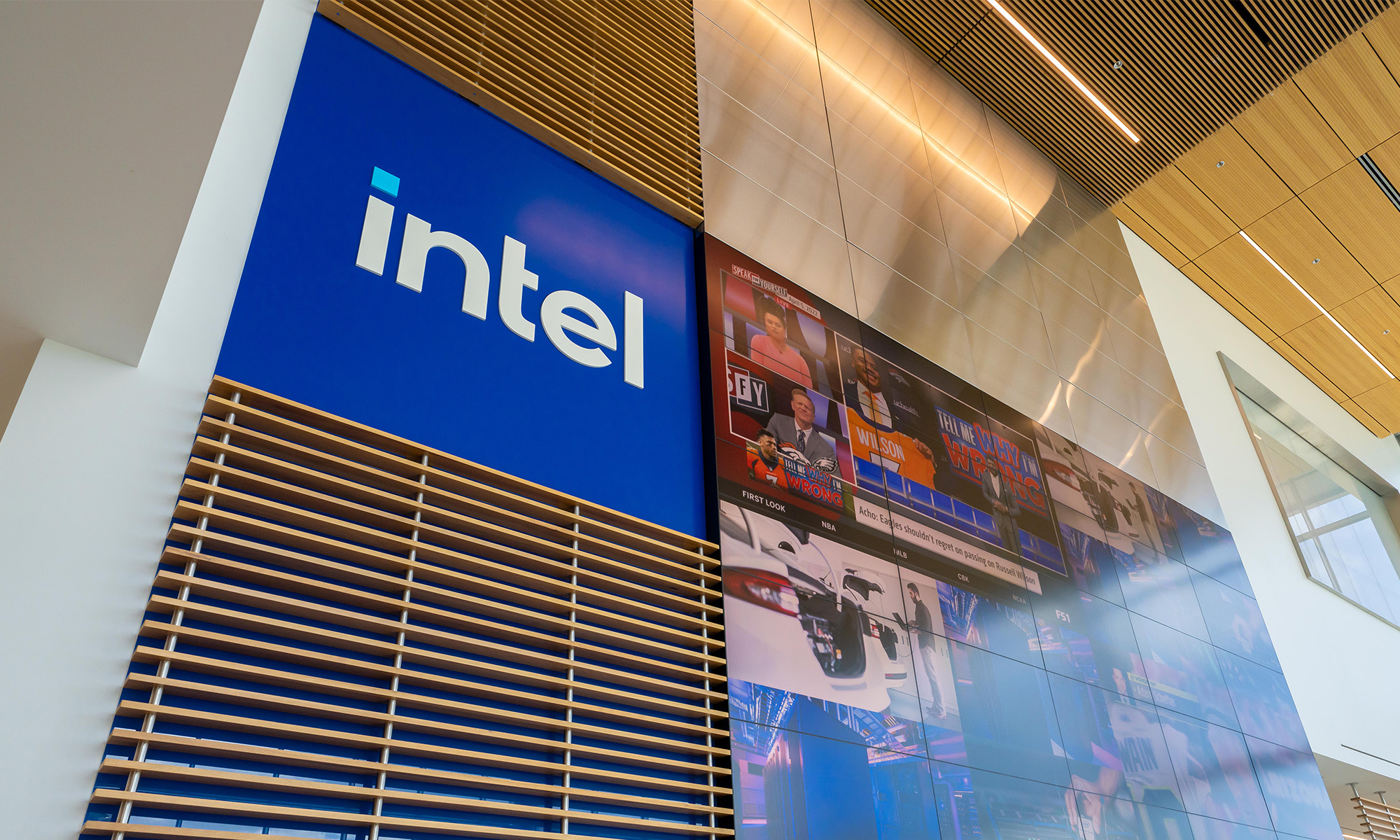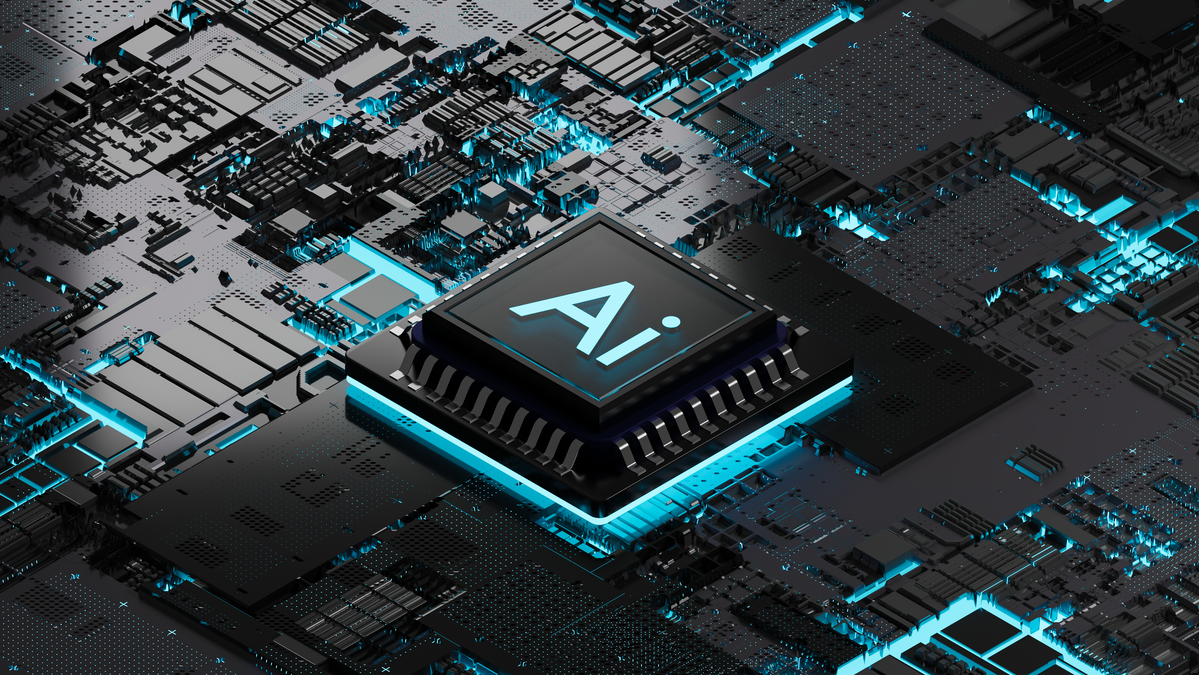Back in August, Intel (INTC 3.67%) announced it would purchase deep-learning chip startup Nervana systems. Re/code, citing a "source with knowledge of the deal," says Intel paid around $408 million for the company.

Image source: Intel.
Although this acquisition is quite small for Intel, which raked in $3.4 billion in net income last quarter, the company seems to be quite bullish on Nervana's technology for its deep-learning and artificial-intelligence efforts.
Let's take a closer look at what Intel's near-term plans are for this technology, then I'll finish off with what I expect to see Intel do with the technology in time.
"Lake Crest" arrives in 2017
Intel says it will "test first silicon" of a deep learning-specific chip code-named Lake Crest during the first half of 2017 and will "make it available to key customers later in the year."
Lake Crest is probably Intel's name for the Nervana Engine chip that Nervana was working on before Intel scooped the company up. According to Nervana's website, the Nervana Engine is a chip that can deliver deep-learning training speeds "10 [times] faster than conventional [graphics processing unit]-based systems and frameworks."

The Nervana Engine. Image source: Nervana.
That chip is manufactured in what the company says is a "commodity 28 [nanometer] manufacturing process." This, the company claimed, "affords Nervana room for further improvements by shrinking to a 16 [nanometer] process in the future."
Knights Crest comes later
After Intel makes Lake Crest available, it intends to release a product that it calls Knights Crest. That chip, Intel says, "tightly integrates best-in-class Intel Xeon processors with the technology from Nervana."
Lake Crest is manufactured on a commodity 28-nanometer technology, and Nervana indicated that the successor to Lake Crest would be manufactured in a 16-nanometer technology. Since only Taiwan Semiconductor Manufacturing Company (TSM 2.77%) offers a 16-nanometer technology, this points to TSMC as the manufacturer for Nervana's products.
That means any Intel product that integrates Nervana technology launched in the near term will probably involve two separate chips together on the same package, rather than a single piece of silicon with both Intel and Nervana tech in it.
Beyond Knights Crest
I suspect that the next step for Intel as it relates to Nervana will be to bring a future version of the Nervana Engine to its own manufacturing technology.
Indeed, one of the main reasons Intel bought programmable logic vendor Altera last year was that the company believed it could gain a competitive edge by moving Altera's products over to its own manufacturing technology. We'll see over the next few years how that all plays out. But I don't see why Nervana's technology, which seems as though it should benefit from advanced manufacturing technology, wouldn't be a prime candidate for Intel's manufacturing technology as well.
Once Intel can pull that off, I see the company putting together a whole new type of chip that integrates the company's Xeon processor technology as well as Nervana's technology into a single piece of silicon. Such a product could be much more efficient than two separate chips bolted together on the same package.
Business implications
If Intel's Nervana buy is successful and if the market for deep learning continues to boom, then Intel stands to see increased revenue and profit from the sale of standalone deep learning-oriented products such as Lake Crest and, later, from integrated products.
I don't see much of a future for standalone chips, and in the longer term I think all Nervana technology will be integrated with Intel's either on the same package or on the same silicon die as traditional Xeon processors. So once Intel starts selling integrated products, the ultimate financial impact will probably manifest itself as an increase in Intel's server chip average selling prices.
This isn't going to be a game changer for Intel's business from a revenue perspective, since it's very hard for any one new product category to move the needle for a company as large as Intel. However, the better Intel can address profitable growth markets, the better off the company will be over the long term.






